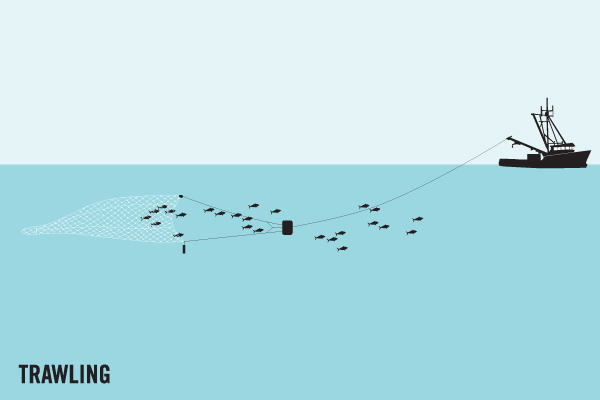Average Weight/Length
To perhaps 3 pounds.
Other "Popular" Names for this Fish
Ojonco
Location Habitat
Tropical reefs, although not common anywhere. Occasionally caught in the Keys, but more are seen in the Bahamas. Adults inhabit clear shallow waters over rocky bottoms in the vicinity of coral reefs, less frequently in sandy or seagrass areas. They often form large aggregations during the day. They feed at night mainly on small fish, shrimps, crabs and cephalopods
Biology & Physical Description
Brightly colored, but with little of the reds and pinks that characterize most tropical Snappers. Back and upper sides are tan to deep brown. The underside is silvery. Dark spot on lateral line below posterior dorsal fin. Eye large. Dorsal spines (total): 10; Dorsal soft rays (total): 11-12; Anal spines: 3; Anal soft rays: 8. Lower jaw projecting slightly beyond upper jaw; lower corner of preopercle greatly projecting and strongly serrated. Preorbital bone broad, maxilla extending nearly to mid-eye level. Preopercular notch and knob moderate. Scale rows on back rising obliquely above lateral line. Back and upper side gray to dark olive grading to silvery ventrally. Usually with a black spot, about eye size, on lateral line below the anterior soft dorsal-fin rays.
Geographic Species Map (Fishbase.org Map)
|
|

|
Summary of Distribution: Western Atlantic: North Carolina, USA to northeastern Brazil, including the Gulf of Mexico. Common around the Caribbean. |
|
Note: Distribution range colors indicate degree of suitability of habitat which can be interpreted as probabilities of occurrence (fishbase.org) |
|
Sport Fishing Techniques
|
|
TrawlingTrawling is when.... |
|
Tackle & Baits
Spinning, baitcasting and light ocean outfits with small hooks and sinkers and cut bait. This is an odd catch that crops up now and then among mixed bags of small reef fish.
Game Rating
Game Rating : 7/10
Game Description :
Good as other small Snappers.
Food Rating
Game Rating : 8.5/10
Game Description :
Excellent




















 Snapper - Mahogany
Snapper - Mahogany 


